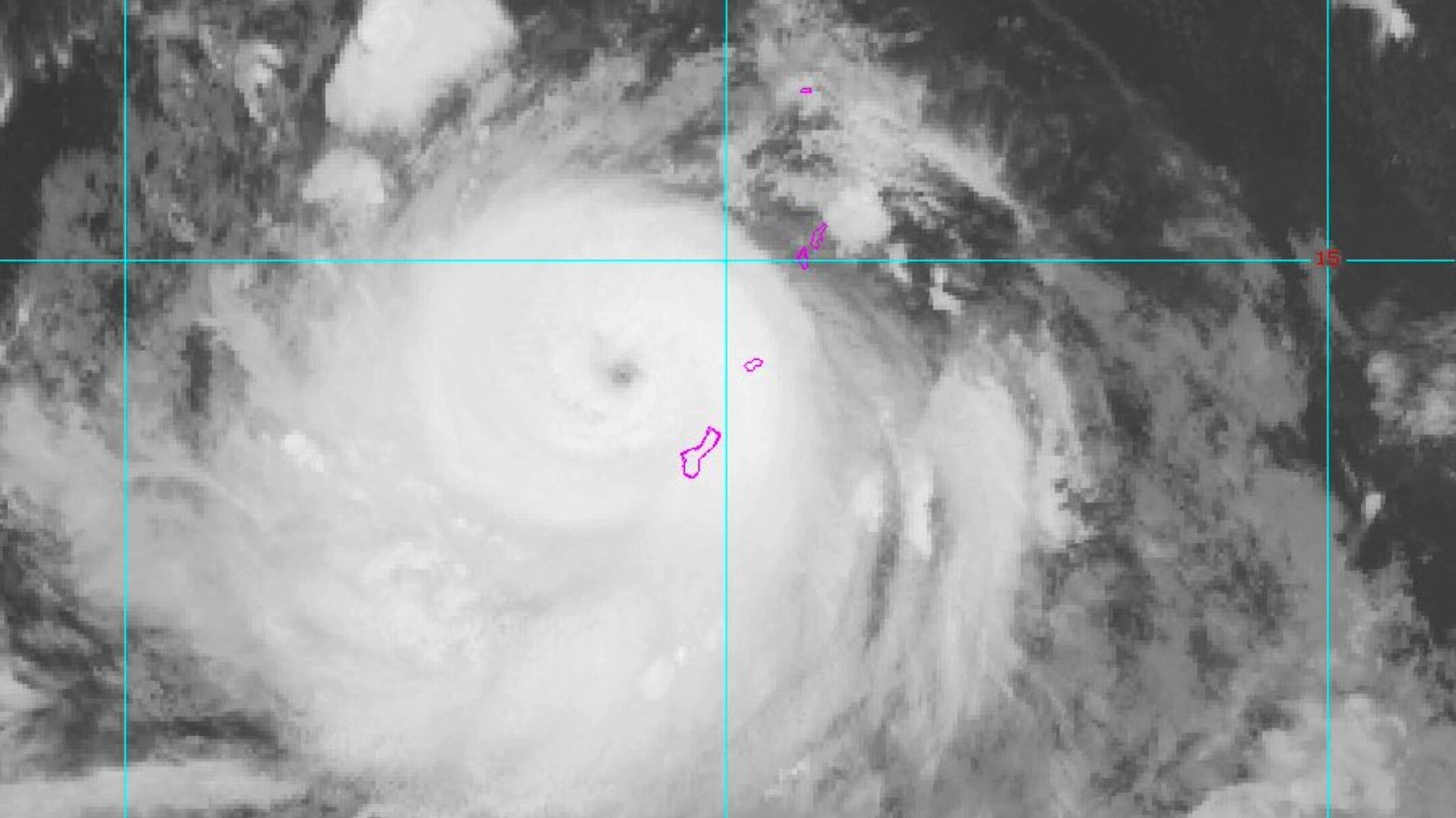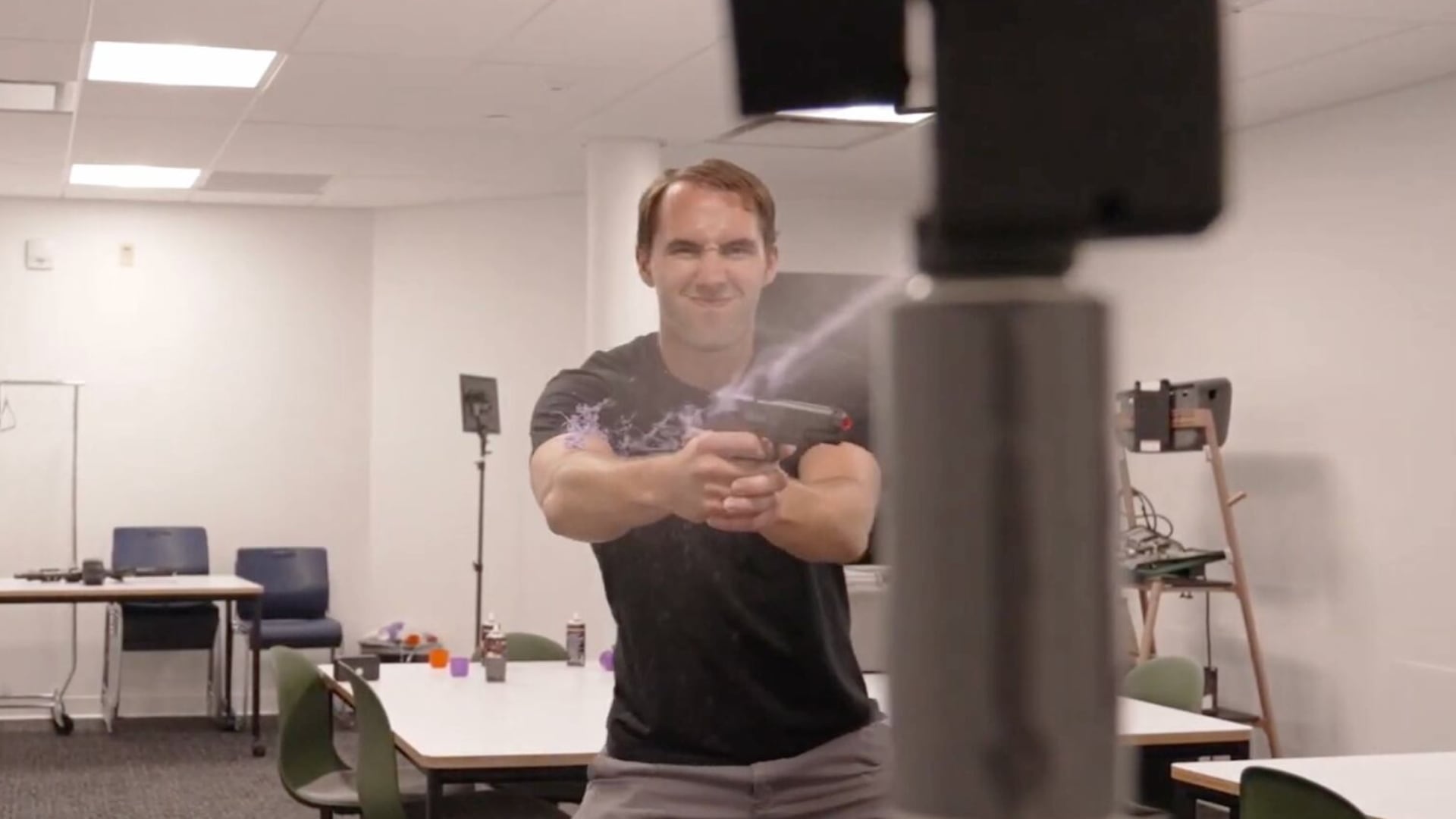By Marcia Dunn
NASA’s newest X-ray observatory rocketed into orbit Thursday to shed light on exploded stars, black holes and other violent high-energy events unfolding in the universe.
SpaceX launched the spacecraft on its $188 million mission from Kennedy Space Center. It’s called IXPE, short for Imaging X-ray Polarization Explorer.
Scientists said the observatory — actually three telescopes in one — will unveil the most dramatic and extreme parts of the universe as never before.
“IXPE is going to open a new window on the X-ray sky,” Brian Ramsey, NASA's deputy principal scientist, said this week.
Operations should begin next month. NASA is partnering with the Italian Space Agency on the project.
AstraZeneca said its cancer-treatment drugs when used following chemotherapy treatment showed positive late-stage trial results for endometrial cancer patients.
Elon Musk's brain-implant company Neuralink said it received approval from the Food and Drug Administration to begin human clinical trials.
Shares of e-commerce giant Alibaba fell as China braces for a new wave of Covid.
New Census figures show about 1 in every 100 U.S. households is a same-sex couple.
Dr. Caitlin Bernard is facing disciplinary action after she spoke publicly about providing an abortion to a 10-year-old rape victim.
Two people died from what the CDC suspects was a meningitis outbreak in Mexico.
Virgin Galactic completed its final test flight on Thursday before its long-awaited commercial access for customers.
Yellowstone National Park officials killed a newborn bison because its herd wouldn’t take the animal back after a man picked it up.
The FDA has approved Opvee, which can reverse fentanyl and other opioid overdoses.
Powerful Typhoon Mawar churned slowly over the U.S. Pacific territory of Guam on Thursday, lashing the island with wind and rain, tearing down trees, walls and power lines, flipping cars, and pushing dangerous storm surge ashore as first-responders waited for daylight to see the full extent of the damage.












